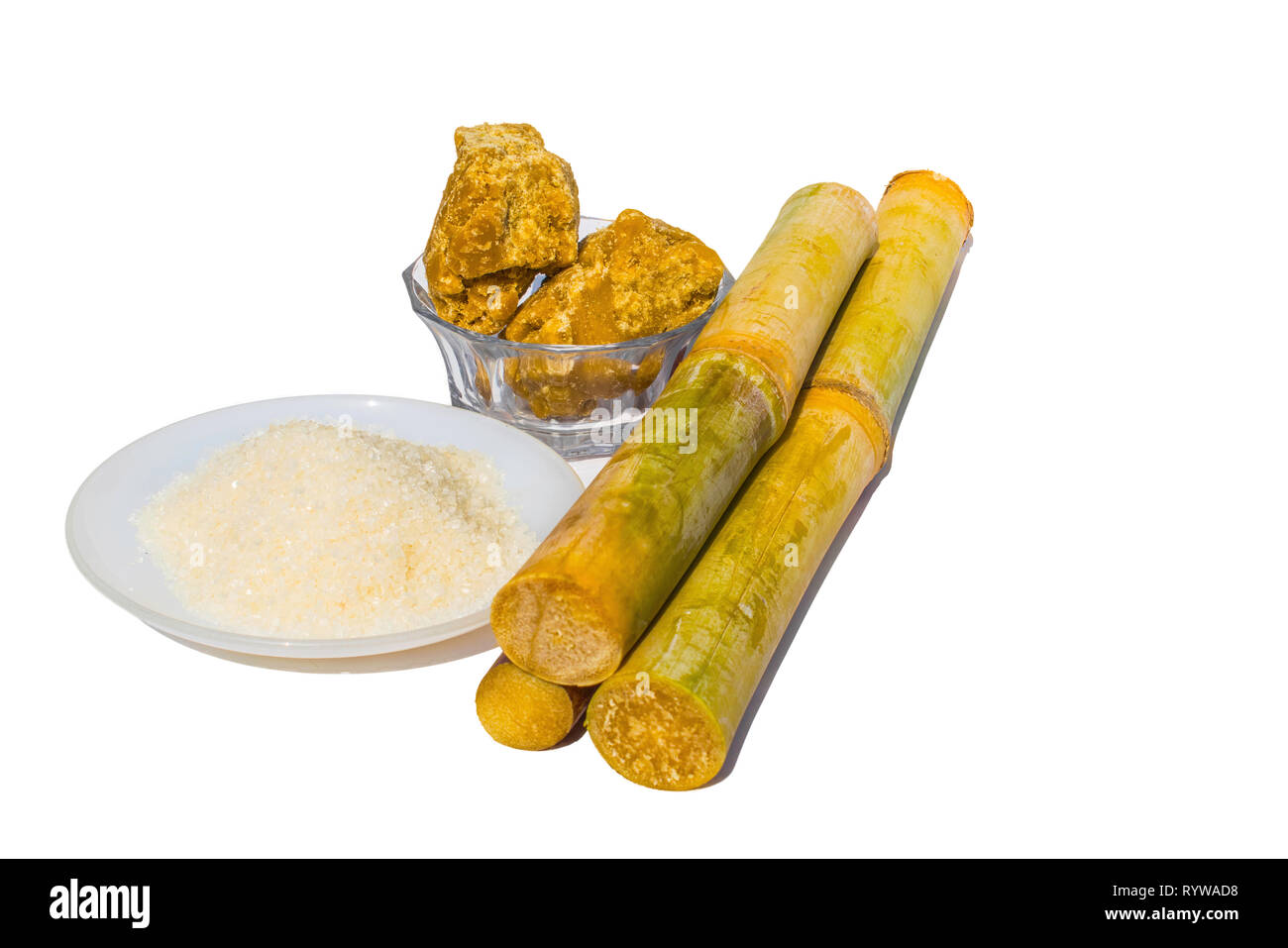The Trip of Sugarcane: From Harvest to Everyday Products
The journey of sugarcane is a multifaceted procedure that begins with meticulous farming and culminates in a selection of items that permeate our day-to-day lives. As we check out the different facets of sugarcane's trip, its function in sustainability and the broader ramifications for our environment come right into sharper focus.
Farming of Sugarcane
The growing of sugarcane is an important agricultural procedure that requires details environmental problems and management techniques. Optimal development occurs in exotic and subtropical regions where temperature levels range between 20 ° C and 32 ° C. Adequate rains or irrigation is crucial, as sugarcane flourishes in wet soil with well-drained problems (sugarcane product). Dirt quality dramatically influences return; thus, farmers typically perform soil examinations to establish nutrient needs
Planting commonly occurs in rows, using stem cuttings called setts, which are planted horizontally. This approach facilitates effective gathering and optimizes sunshine exposure. Crop rotation and intercropping are suggested techniques to enhance soil fertility and decrease bug problems. Farmers use incorporated pest management techniques to reduce chemical inputs while making sure healthy and balanced plant growth.
Timely application of these plant foods can substantially improve sugar returns. Generally, successful sugarcane farming hinges on a mix of environmental stewardship, strategic preparation, and ongoing monitoring methods.
Collecting Methods
Successful sugarcane growing culminates in the gathering phase, which is essential for taking full advantage of yield and making sure quality. The timing of the harvest is critical; sugarcane is usually collected when sucrose levels optimal, usually between 10 to 18 months after growing. This period varies based upon climate, soil kind, and sugarcane selection.
Gathering strategies can be generally classified right into manual and mechanical approaches. Manual harvesting is labor-intensive, depending on skilled workers that use machetes to cut the stalks short. This approach allows for careful harvesting, where just the ripest canes are chosen, consequently boosting overall sugar material.
Alternatively, mechanical harvesting has actually gained popularity because of its performance and cost-effectiveness. Specialized farmers geared up with cutting blades and conveyor systems can refine huge locations quickly, considerably minimizing labor prices. Nonetheless, this approach may result in the addition of immature walking sticks and a prospective decline in sugar top quality.

No matter of the technique used, guaranteeing that collected walking canes are carried rapidly to processing centers is vital. Prompt handling minimizes spoilage and protects the stability of the sugarcane, setting the phase for optimal processing.
Processing Methods
Handling sugarcane includes a number of vital actions that change the gathered stalks right into useful items, largely sugar and molasses. The first phase is cleaning the cane to remove dirt and debris, complied with by the removal of juice with squashing or milling. This procedure normally uses heavy rollers that damage the walking cane fibers to launch the pleasant liquid consisted of within.
When the juice is drawn out, it undertakes information, where pollutants such as dirt fragments and bagasse are removed. This is commonly achieved by including lime and warming the juice, enabling sedimentation. The made clear juice is then focused with dissipation, where water web content straight from the source is reduced, leading to a thick syrup.

Inevitably, the handling of sugarcane not only generates sugar and molasses but likewise lays the foundation for numerous by-products, which will be checked out in subsequent discussions.
Products Derived From Sugarcane
Sugarcane is a flexible plant that generates a broad variety of products past just sugar and molasses. Among the primary byproducts are ethanol and biofuels, which have actually obtained prestige as renewable energy sources. Ethanol, created with the fermentation of sugarcane juice, functions as a different to fossil gas and is usually mixed with gas to develop cleaner-burning gas, decreasing greenhouse gas discharges.
In addition, sugarcane is a considerable source of bagasse, the coarse residue staying after juice removal. Bagasse is used in various applications, including the production of paper, biodegradable packaging, and as a biomass fuel for energy generation. Its usage not only lowers waste but likewise enhances the sustainability of sugarcane handling.
Furthermore, sugarcane-derived products include the food industry, where it offers as an all-natural flavor representative and sweetener in various culinary applications. In the world of cosmetics, sugarcane extracts are included right into skincare items due to their natural exfoliating homes.
Environmental Impact and Sustainability
The cultivation and handling of sugarcane have substantial ramifications for ecological sustainability. This plant calls for substantial water sources, often bring about depletion of neighborhood try here water materials and impacting bordering communities. In addition, the usage of fertilizers and chemicals in sugarcane farming can cause soil deterioration and waterway pollution, positioning risks to biodiversity.

Lasting sugarcane farming also advertises dirt health through plant turning and reduced husbandry, boosting carbon sequestration. The adoption of these practices not just supports ecological integrity however also enhances the durability of farming communities against climate modification.
Verdict
In recap, the journey of sugarcane encompasses various stages from farming to processing, eventually causing a wide selection of products. The value of sugarcane prolongs beyond simple sweeteners, adding to sustainable power with ethanol manufacturing, lasting packaging via bagasse, and natural extracts for cosmetics. This complex crop plays a critical role in both nutritional enrichment and environmental sustainability, highlighting its relevance in contemporary farming and commercial practices.
Effective sugarcane growing finishes in the harvesting phase, which is pivotal for taking full advantage of return and making sure quality. The timing of the harvest is vital; sugarcane is typically collected when sucrose degrees top, usually in between 10 to 18 months after growing.Handling sugarcane involves a number of vital actions that change the gathered stalks into useful products, primarily sugar and molasses.Sugarcane is click to read a versatile crop that generates a vast variety of products past simply sugar and molasses. In addition, the use of plant foods and pesticides in sugarcane farming can result in soil degradation and waterway contamination, posturing risks to biodiversity.